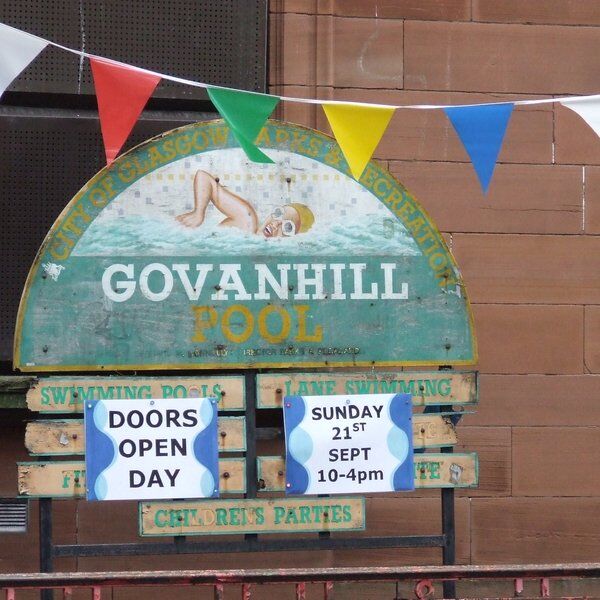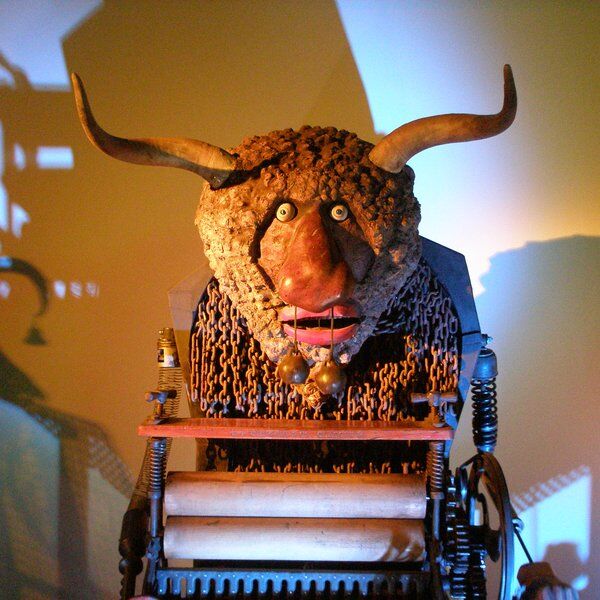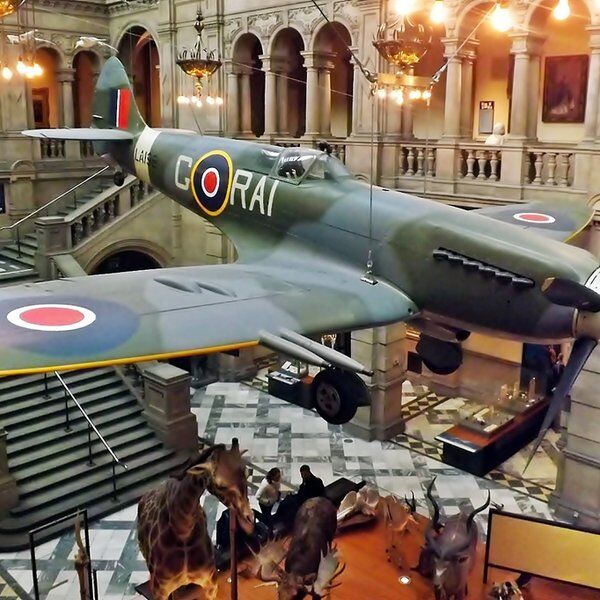
Discover the Hunterian Museum
Part of the University of Glasgow since 1807, the Hunterian Museum is Scotland's oldest public museum. Contained within the grand halls of George Gilbert Scott's University buildings on Gilmorehill, the Hunterian also houses one of the nation's most extensive collections of artefacts, rivalling even those of the National Museums. It promises to satisfy any and all cravings for knowledge.
Named in honour of pioneering surgeon and anatomist Dr. William Hunter, this esteemed institution, is not simply a repository of over a million historical items. It is also a cultural landmark comprising several museums, including the Hunterian Art Gallery, the Mackintosh House, the Zoology Museum, and the Anatomy Museum.
The Hunters and the Hunterian Museum
Dr. William Hunter: Physician and Philanthropist
Dr. William Hunter was a renowned obstetrician and educator who was born locally and studied at the University of Glasgow. Driven by a fervent passion for collecting, Hunter attained fame and prosperity in London, serving as the personal physician to Queen Charlotte while establishing himself as a distinguished anatomy teacher.
Alongside his medical practice, William amassed an impressive array of artistic and scholarly treasures, which he generously bequeathed to the University of Glasgow in 1783, along with provisions for the establishment of a suitable museum.
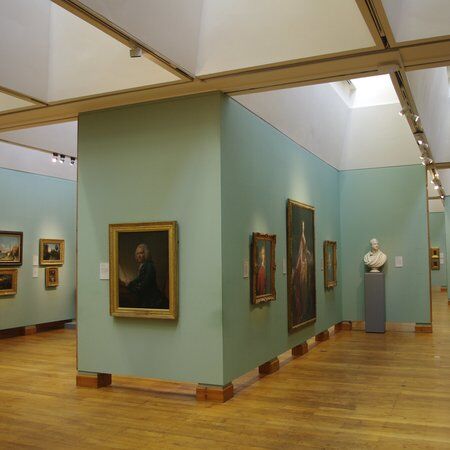
John Hunter: Surgeon and Scholar
John Hunter, born in 1728 near Glasgow, became a prominent figure in the medical landscape of 18th-century Britain. Apprentice to his elder brother William, John honed his anatomical skills and surgical expertise, eventually earning recognition for his contributions to military surgery and scientific inquiry.
Like William, John also founded his own Hunterian Museum. This museum was opened in London as the Royal College of Surgeons of England, but was referred to as the Hunterian Museum and houses his significant collection.
John’s insatiable curiosity led him to collect specimens from around the world, emboldening his Hunterian’s artefacts with rare and exotic specimens. Despite controversy surrounding his methods of acquisition, John Hunter’s emphasis on comparative anatomy revolutionised medical education and laid the groundwork for future advancements in evolutionary biology.
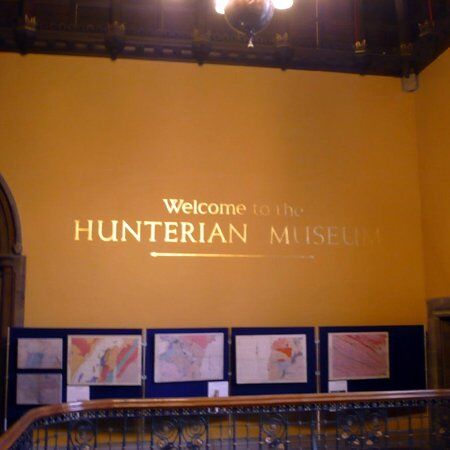
Establishing the Hunterian Museum
Dr. William Hunter sought to educate and inspire future generations through the wonders of scientific inquiry and discovery. The Hunterian Museum, which was established in 1807 with funds from his bequest, came to house this legacy and stands as a testament to the Hunter brothers’ vision.
Over the years, the museum underwent significant transformations, particularly when the University relocated to its present site in 1870, housing the Hunterian collections within the Gilbert Scott building, where they remain housed today.
As the institution expanded, various sections of the collection found homes in specialised venues across the University campus, including the Graham Kerr Building for zoology collections and the Hunterian Art Gallery for art collections.
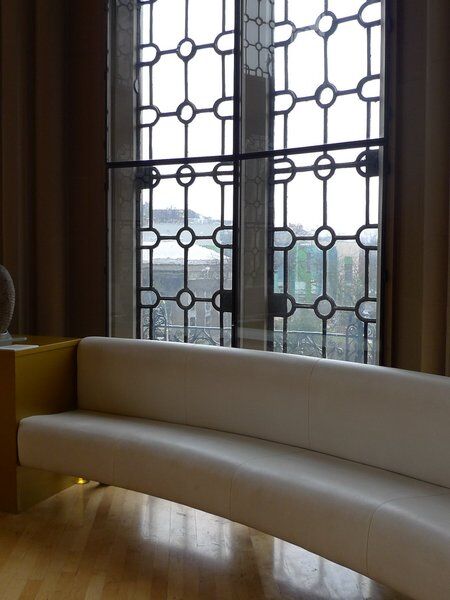
Inside the Hunterian Museum
The Hunterian Museum’s Collection
Inside the Hunterian Museum is a range of ancient artefacts, artistic masterpieces, and scientific trinkets. From the fossilised remnants of prehistoric life to preserved anatomical specimens, the museum's displays offer a fascinating glimpse into the natural world and the evolution of medical science.

One of the museum's focal points are the scientific instruments once wielded by experts like James Watt and Lord Kelvin, alongside artefacts from Roman Scotland, including relics from the Antonine Wall. Of particular note are the anatomical teaching collections curated by Dr. William Hunter, complemented by ethnographic and geology treasures gathered during Captain Cook's voyages and an impressive collection of artworks.
Alongside William Hunter’s bequeathed collection the museum has also attained a wealth of donated artefacts since its inauguration. These include the Begg Collection of fossils from James Livingstone Begg in the 1940s.
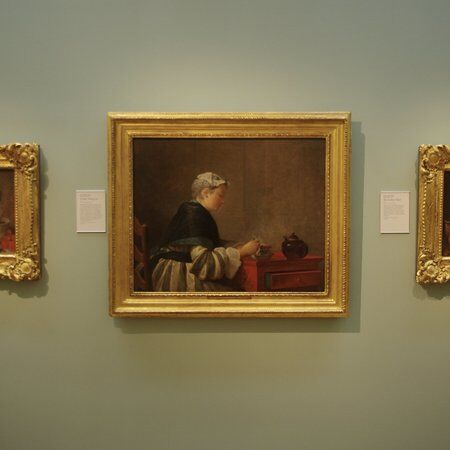
The Hunterian Art Gallery
The Hunterian Art Gallery, now housed in a contemporary facility within the Glasgow University Library complex is a real highlight of the Hunterian Museum and its dedication to celebrating acclaimed artists.
Notable features include the world's largest permanent display of James McNeill Whistler's creations and houses the most comprehensive collection of Charles Rennie Mackintosh's watercolour designs. As well as an outdoor sculpture garden and striking aluminium doors crafted by sculptor Eduardo Paolozzi.
The Mackintosh House
A modern addition to the gallery-library complex, the Mackintosh House stands on the site once occupied by the residence of renowned architect Charles Rennie Mackintosh and his wife, Margaret Macdonald Mackintosh.
Although the original structure was lost to the university's expansion, efforts were made to recreate its essence. Visitors can explore carefully reassembled interiors from Mackintosh's Glasgow residence within this area of the museum.
Zoology Museum and Research
Adjacent to the Hunterian Museum, housed within the Graham Kerr building, is the Zoology Museum. Here, visitors can delve into the extensive zoological collections, including those curated by Hunter himself. In particular the insect collections, have garnered acclaim through exhibitions in the 2010s.
The Study Centre
In a significant development in September 2016, the Hunterian Collections and Study Centre was established at Kelvin Hall, marking a collaborative effort between Glasgow City Council, Glasgow Life, and the National Library of Scotland.
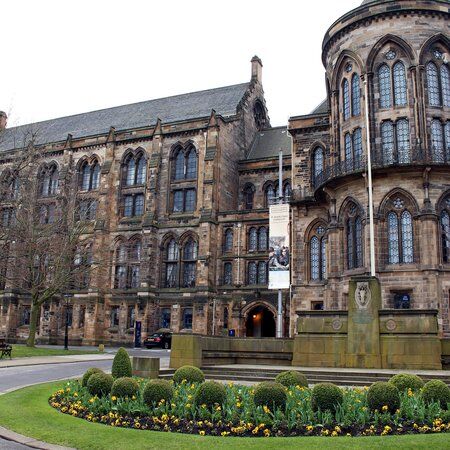
Hunter House
Complementing the museum's offerings is the historic Hunter House Museum, located near East Kilbride. Once the family home of William and John Hunter, the house has evolved over time, now serving as a community centre managed by Calderwood Baptist Church.
While it once housed a museum dedicated to the Hunter brothers, the building now welcomes visitors to explore its rich history and serves as a hub for community engagement.
Today, Hunter House is a cherished Glaswegian landmark, preserving the heritage of the region and fostering connections within the Calderwood community.
Discover More about Glasgow with CityDays
Ready to discover more of what Glasgow has to offer?
CityDays have a brand new treasure and scavenger hunt in Glasgow which combines the fun of an escape room with the historic facts and whimsical trivia of a walking tour!
Take the stress out of planning your visit to Glasgow and book your adventure today!
Not visiting Glasgow this time? Don’t worry, you’ll find us all over the world.








